NFT
Here’s Why PlaytoEarn Projects Will Fail
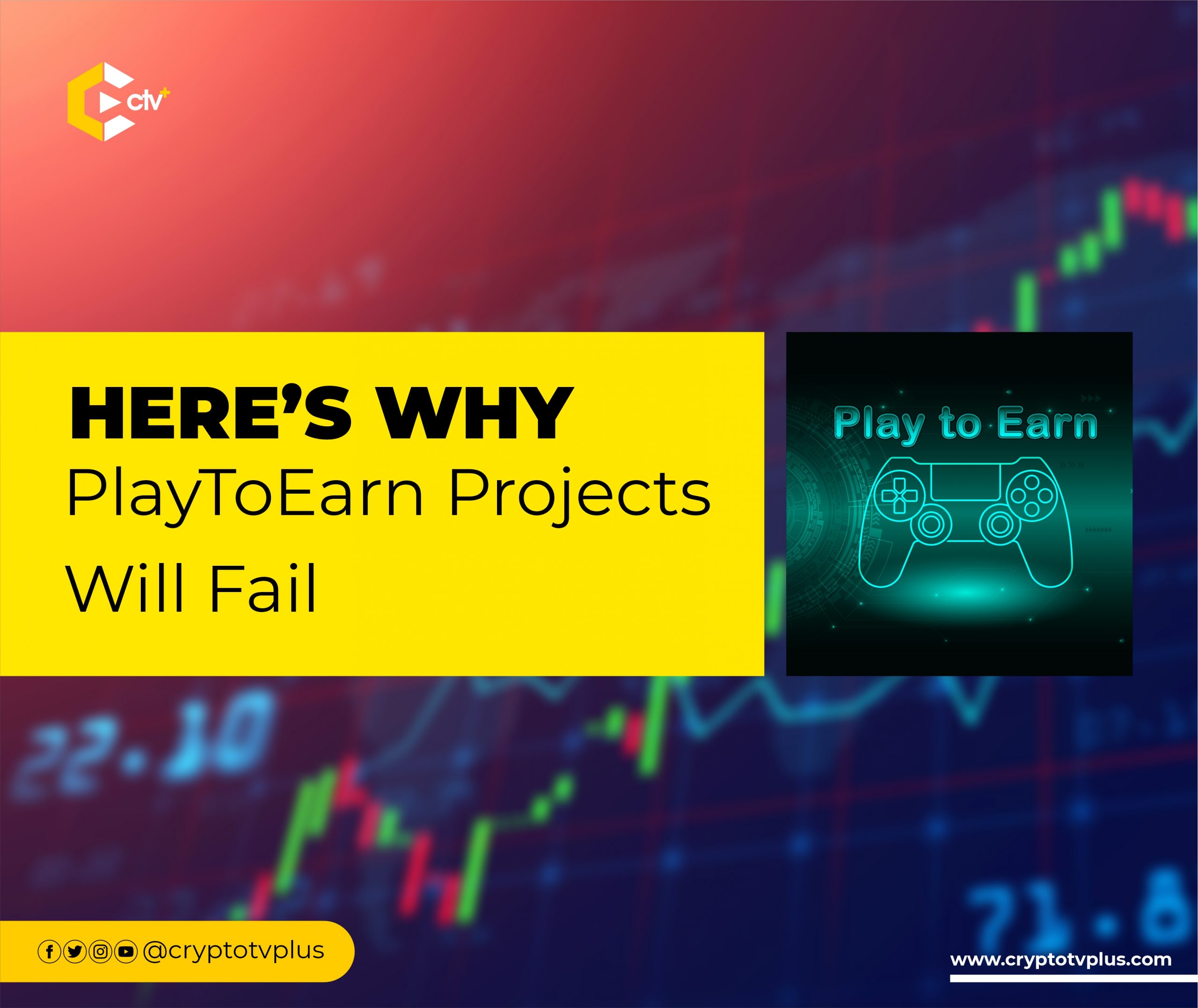
It’s hard to daily listen to financial news without the mention of the word crypto. NFTs have become one of the ways traditional companies get into the crypto industry for example, Nike acquired RTFKT Studio, eBay bought NFT marketplace, KnownOrigin, Adidas, Gucci etc,..
NFTs has also found applications in crypto games allowing for unique ownership of in-game items and facilitating value transfer. Data shows revenue from blockchain games grew more than three times from 2020 to 2021 and NFTs was a major part of the sales.
Another from Industry Research shows that the Play to Earn market will grow to $3618.4 million by 2028 at a CAGR of 21.3% from 2022-2028. Yet, many Play-to-Earn games have arrived at points where their usefulness and longevity are questioned.
For example, Polychain Monsters is trading at $1.13 far below its ATH of $58.1; Nakamoto Games’ NAKA is at $0.08065 from $6 ATH while God’s Unchained trades a little above $0.4 after falling from its ATH of $8 as of today.
The above are just a few samples of many projects that have dipped by more than 70% from their ATH. This shows that there is something wrong with the Play to Earn games , hence the argument that more projects will fail.
Here are some reasons many Play to Earn games will fail:
Market Manipulation
Manipulation is prevalent in the crypto industry especially for low cap tokens. With a few million dollars, some tokens can be pumped and dumped with relative ease. The PlayToEarn market is nascent despite the increasing number of innovative products, and this presents a case for why many projects in the space would fail.
Most likely why this may not be a direct action of project owners, there is no denying the size of an asset’s market cap, trading volumes and communities present good factors that potential market manipulators can exploit.
Read this also:
- Top 3 Paying Play to Earn Games: What you Need to Play
- Ethereum Gas Fees & the Future of Play-To-Earn
- PlayToEarn: Qtech Games Brings Casino Gaming into Crypto
Expensive In-game Items
Another reason why PlayToEarn projects will fail is due to the high cost of entry, especially with NFTs. Why should anyone pay $1,000 to buy an NFT before playing a game? How much is the price of the latest PlayStation console? A gamer in third-world nations, where people live below $1 a day, who want to be part of the Illuvium ecosystem, will need at least $95 to get an NFT to play.
The same is for other projects, although there are some with smaller prices, the majority have prices that are quite high compared to web2 games . And this will discourage participation especially in a bearish market.
Unsustainable Tokenomics
Tokenomics form an important structure that determines ultimately if a project will survive in the market. A bad token economy despite a large budget will fail. Several projects come with two to three in-game currencies aside from the NFTs which act like entry tickets to play these games.
These multitoken projects likely run into problems later on. For example, Axie infinity had a hard time with its tokenomics and, in February 2022., the team resorted to burning their tokens to bring balance to their tokenomics.
Another challenge is that some tokens in games are just for earning without any actual use cases. Players earn them, and that’s just it. Why should gamers earn tokens that cannot be spent except trade for other cryptocurrencies or fiat? How will the tokens gamers earn be replenished by the project? Aside from the sale of NFTs, what other revenue means does these games have? Thinking about these questions, one is left to realize that many crypto games are poorly designed and will fail.
Team Flexibility
A volatile market like the crypto market and Play to Earn requires team that are ready to change and adapt based on the needs of the market. There are many models of crypto projects out there – from Play to Earn to Move to Earn to Sleep to Earn to Free to Earn, and each is addressing a need in the market. As the market keeps moving, projects that don’t fulfill the need of their niche will be left out.
CryptoKitties is one project that has shown that by creating Kittyverse, and partnering with Decentraland to bring its utilities to the audience in the metaverse. This partnership provides more opportunities for the owners of Cryptokitties to connect, and earn in a larger platform like Decentraland that has attained a marketcap close to $10 billion.
One of the primary flexibility modes will be partnerships with other projects that have unique features and serving a different market segment.
Hard to Play
Traditional games that became successful were able to achieve this by building games with relative ease of entry. However, for most crypto games, there are complexities only web3 natives can navigate. This is a barrier to entry.
For example, some games require the player to buy an NFT before playing. To acquire the NFT, the gamer will first acquire it from the open market or marketplace of the game.
Traditional games require simple to use and familier technologies like credit cards to acquire in-game items but for crypto games, the friction is apparent. Only games that have successfully replicated the relatively frictionless onboarding / user acquisition process and improved user experience would likely survive.
Final Note
In conclusion, the PlayToEarn market is evolving daily. New projects are coming up with new models but many will fail if they don’t learn from their web2 counterparts. This is why it’s important to always conduct due diligence before investing in any project.
What do you think of this article? Share your comments below.



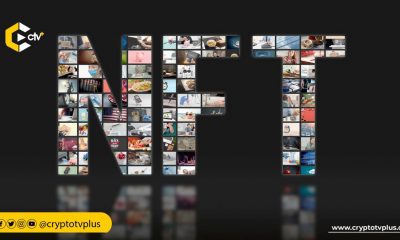

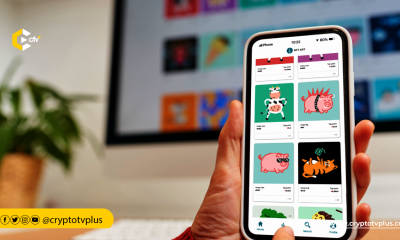

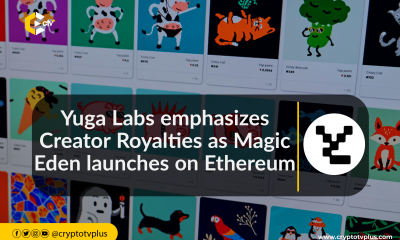



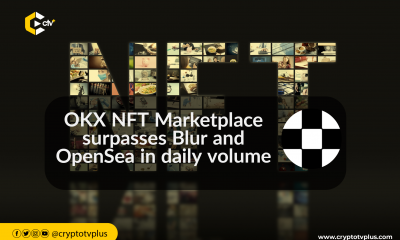

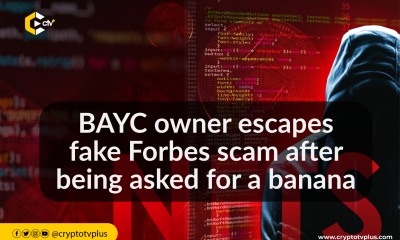











Pingback: Why Many PlaytoEarn Projects Will Fail by Chuks Nnabuenyi Jr – CryptoTvplus Events: NFT, DeFi, Bitcoin, Ethereum, Altcoin Events
Pingback: Here’s Why PlaytoEarn Projects Will Fail by Chuks Nnabuenyi Jr – CryptoTvplus Events: NFT, DeFi, Bitcoin, Ethereum, Altcoin Events
Pingback: CryptoTvplus: DeFi, NFT, Bitcoin, Ethereum Altcoin, Cryptocurrency & Blockchain News, Interviews, Research, Shows » FINOSTOCK